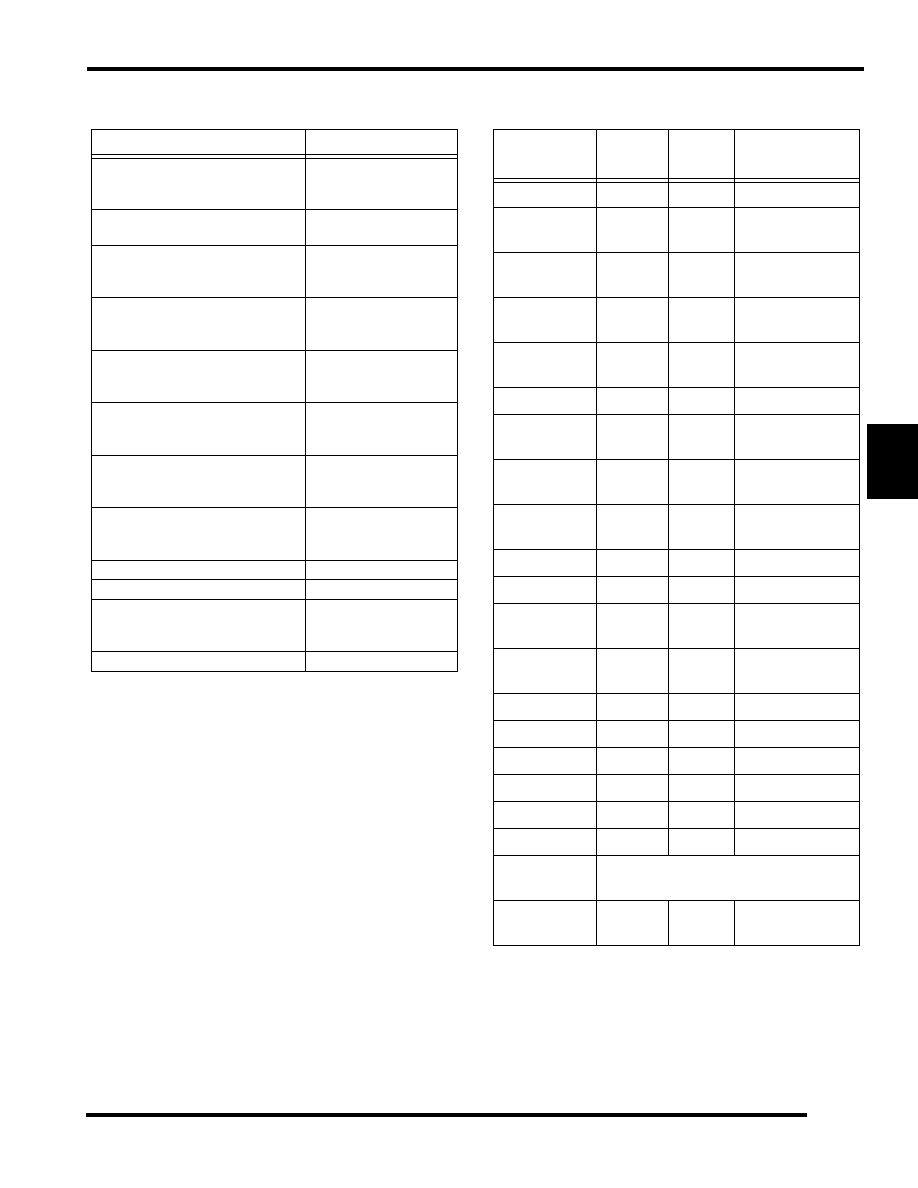Snowmobile Polaris Two Stroke (2007 year). Instruction - part 37

5.41
ENGINE
5
Specifications
Fastener Torque Specifications
C
OMPONENT
S
PECIFICATION
Engine Model Number
- 600
- 700
S3206-6044-PF6H
S3322-7044-PF7J
Engine Type
Two Stroke CFI/Case Reed
Induction
Cylinder Displacement
- 600
- 700
599cc
700cc
Bore - MM (Inches)
- 600
- 700
77.25 (3.04
″)
81 (3.19
″)
Stroke - MM (Inches)
- 600
- 700
64 (2.52
″)
68 (2.68
″)
Unistalled Head Volume
- 600
- 700
34.7 - 35.7cc
35.84 - 36.84cc
Installed Head Volume
- 600
- 700
31.06 - 32.56cc
31.06 - 32.56cc
Installed Head Squish
- 600
- 700
.050
″ - .064″
.050
″ - .064″
Piston-to-Cylinder Clearance
.0043
″ - .006″
Piston Ring End Gap
.012
″ - .018″
Compression Ratio (Full Stroke)
- 600
- 700
10.7 : 1
12.3 : 1
Trigger-to-Flywheel Gap
.9mm (1.34mm MAX)
C
OMPONENT
T
ORQUE
(L
B
.F
T
.)
T
ORQUE
(N-
M
)
N
OTES
Spark Plug
18
24
Thermostat
Bleed Screw
6
8
Thermostat
Cover
9
12
Cylinder Head
Cover
22
30
Loctite 242
Water Temp.
Sensor
18
24
Thread Sealant
Knock Sensor
14
19
Clean and Dry
Fuel Supply
Rail
9
12
Cylinder Base
Nuts
32
43
Pattern
Throttle Body
Adapter
9
12
Oil Pump
9
12
EV Housing
12
16
Loctite 242
Exhaust
Manifold
22
30
Water Pump
Cover
9
12
Impeller Nut
10
13
Flywheel Cover
9
12
Recoil Pulley
9
12
Flywheel Nut
90
122
Stator
9
12
Crankcase
22
30
Pattern
Water Pump
Bushing
Torque so screw head is flush with case.
Mounting
Straps
35
48
Loctite 242